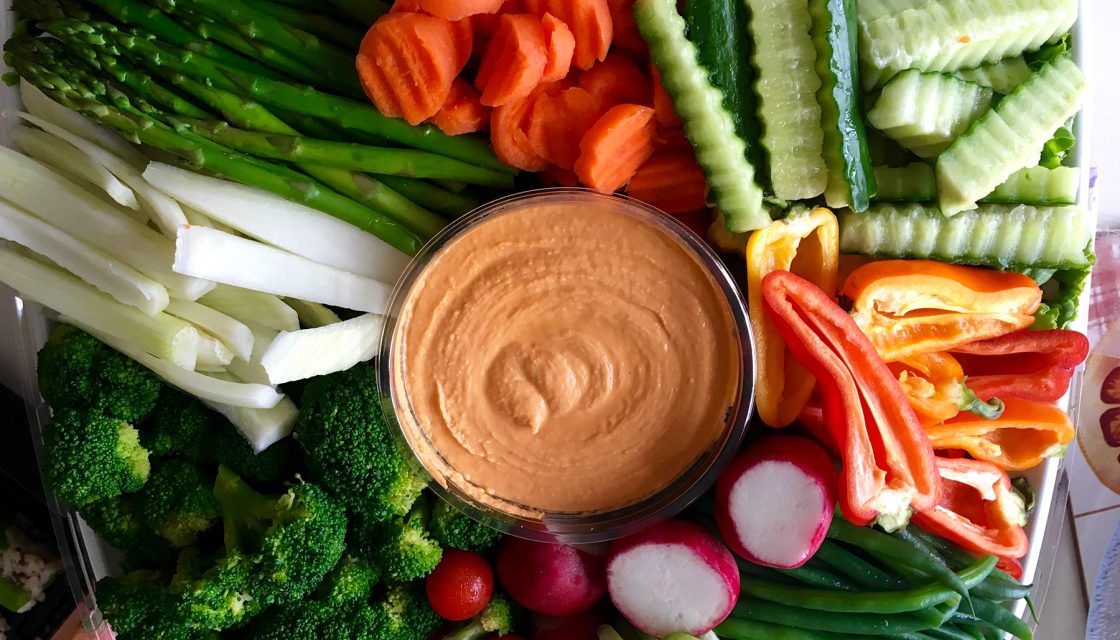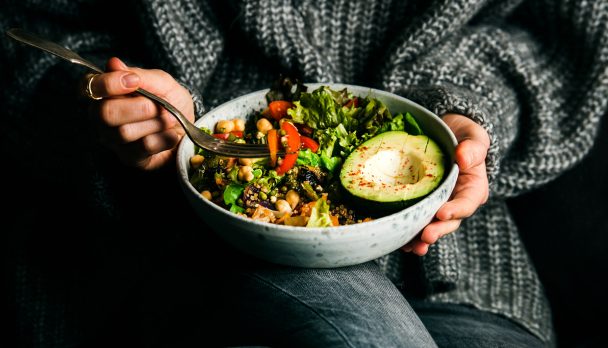
The leaves are off the trees, snow is falling and the air feels crisp. The aromas of your favorite holiday foods invite you: pumpkin pie, apple crisp, mom‘s cookies, green bean casserole, turkey and, of course, the holiday ham. We associate holiday memories with our favorite foods and time together with friends and family.
For people with pre-diabetes or diabetes, however, this time of year can place a huge barrier on maintaining health goals and staying on track with eating patterns and activity. Because holiday foods tend to go heavy on sugar and salt, you may find eating to be a challenging thing to navigate. Don’t worry, we’re here to help — and don’t assume that you must skip the foods you love!
How do I navigate my health goals during a food-centric season?
10 Tips to Stay on Track
- Find support — Team up with a buddy or family member who wants to support your health journey and can keep you accountable to your goals.
- Have an honest conversation — Discuss goals with your family and friends and see what diabetes-friendly dishes you can share at holiday gatherings. Don’t hesitate to offer suggestions on how to modify favorite dishes to be more diabetes-friendly. This might include roasted green beans instead of high-salt-and-fat green bean casserole; opting for a protein-rich breakfast such as egg bake with bell peppers, onions or spinach instead of cinnamon rolls; or plain Greek yogurt mixed with pumpkin puree, cinnamon and drizzle of sweetener (100% maple syrup, honey or stevia) instead of pumpkin pie.
- Stay consistent — Consistency is key when it comes to managing blood sugars and health goals. Don’t aim to do it “perfectly.” Rather, monitor your progress and learn about different triggers and eating patterns. Don’t skip any meals.
- Allow flexibility — Giveyourself permission to have your favorite treats in moderation. Choose one can’t-miss treat, such as a small cookie or a small slice of pumpkin pie with a dollop of whipped cream. Remember to account for carbohydrates in your meal plan.
- Be an influencer — Bring a vegetable relish tray or fresh fruit. Let others see your example and follow your lead.
- Focus on hydration — Make sure you’re drinking plenty of water. Often, we think we’re hungry when we need to drink more fluids. Focus on water or low-calorie beverage options such as sparkling water. Try adding lemon or other fruits for an “infused” water option. Hot chocolate, mixed drinks and hot apple cider add up in extra calories.
- Get active with family and friends — Focus more time with family playing games and conversations so you’re active and doing things rather than grazing all day.
- Get out and move — Schedule time for activity and movement. A brisk walk for 15 to 20 minutes during the day is refreshing and helps with blood sugar management.
- Be mindful and intentional about eating — Before each meal,pause and assess, and honor your hunger while avoiding mindless snacking in between meals. To go along with that, try these tips:
- Slow down and chew your food well, giving yourself at least 20 minutes to eat. This practice allows your stomach to signal your brain that “I’m good, you’ve had enough to eat.”
- Avoid distractions while eating. Turn off the TV so you can focus on conversation with family or friends.
- Stop and ask yourself “Am I truly hungry? Am I bored? Or am I eating simply because there’s food around?”
- Sip on water during mealtimes and throughout the day.
- Keep a food journal or tracker — Self-monitoring helps us stay accountable to our goals and learn how we can do better in the future.

Relevant reading
Mayo Clinic Family Health Book, Fifth Edition
By Scott C. Litin, M.D. As a busy adult, you may have difficulty tracking down information about living a healthy lifestyle. In addition to outlining medical guidance concerning vaccinations, nutrition, managing stress, and overcoming unhealthy behaviors, Mayo Clinic Family Health Book explains diseases and disorders that can develop as people…



















